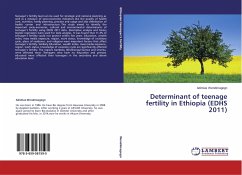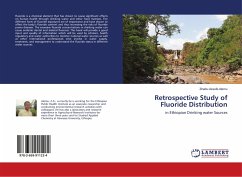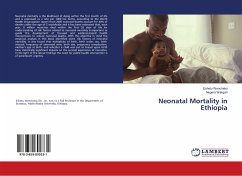Teenager's fertility level can be used for strategic and national planning as well as a measure of socio-economic indicators like the quality of health care, nutrition, family planning, practice and usage and also distribution of health center and infrastructure. This study aimed to identify the important socio-economic, cultural and environmental determinants of teenager's fertility using EDHS 2011 data. Descriptive analysis and binary logistic regression were used for data analysis. It was found that 11.4% of teenager's fertility could not protect within five years. Education, wealth index, mass media exposure, region, work status, knowledge of ovulatory cycle, place of residence, and religions were important factors that affect teenager's fertility. Similarly Education, wealth index, mass media exposure, region, work status, knowledge of ovulatory cycle are significantly affected teenager's fertility. The regions Gambela, Benishangul-Gumuz and Oromia, were affected most. Teenagers who have no education and primary educated more affected than teenagers in the secondary and above education level.
Bitte wählen Sie Ihr Anliegen aus.
Rechnungen
Retourenschein anfordern
Bestellstatus
Storno








